It's a good time to be a Trekkie. There are several series currently active within the Star Trek franchise, such as the recently launched Star Trek: Strange New Worlds as well as Star Trek: Picard. Seven films have also been interspersed over the decades, with a new Kelvin timeline film due next year.
The film series started with Star Trek: The Motion Picture, which brilliantly expanded the scope of The Original Series. New life was breathed into the cadre of beloved characters, as well as the franchise. Although the Trek franchise has massively grown since the film's release, several aspects of the first film still fit in with the universe of Trek as it is known today.
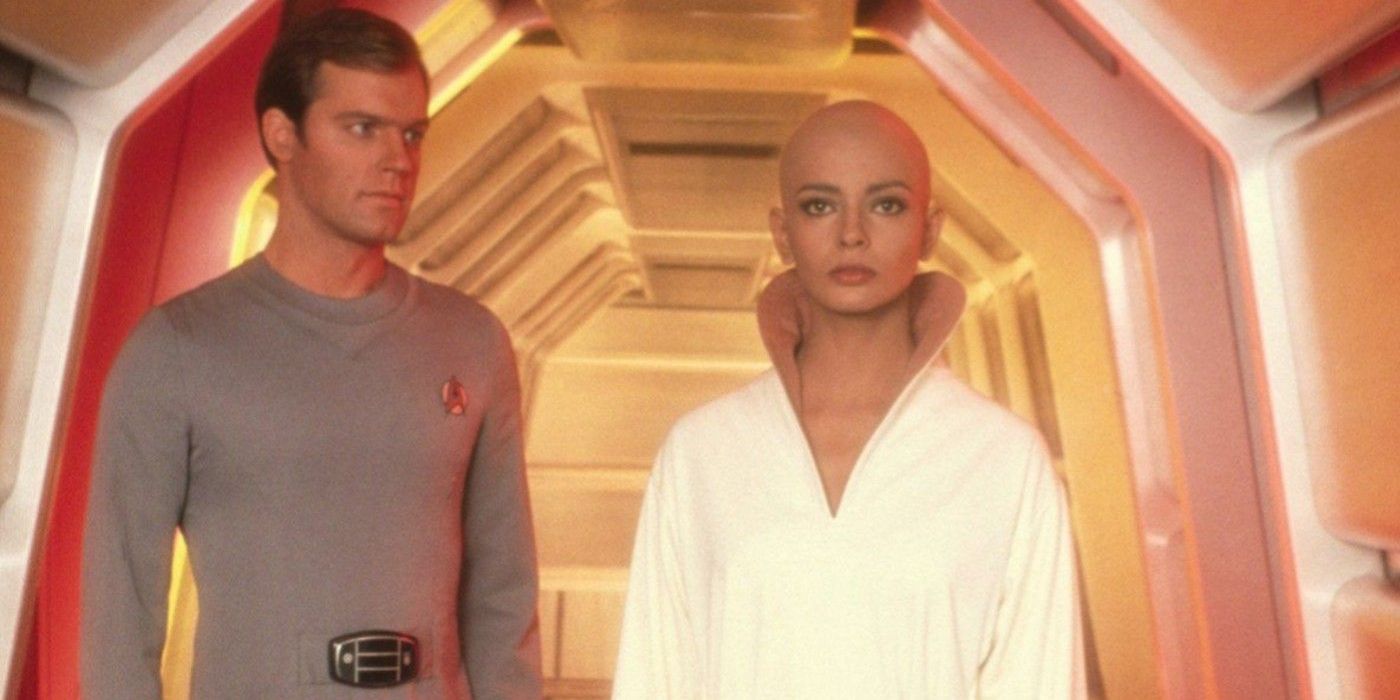
Ilia and Decker are the two notable additions to the crew in the film. Decker is the new captain of the USS Enterprise, who is forced to defer to Kirk given the mission at hand. Ilia is the Deltan navigator of the ship, whose likeness is used as a probe after V'Ger kills her. Both are fresh faces that help the story keep moving.
Decker opened up the prospect for new captains of the Enterprise, making it easy to picture someone like Jean Luc Picard taking lead as it happens in TNG. Ilia added diversity as a Deltan. This made way for Betazoids in Starfleet via Deanna Troi, the Illyrians, and numerous others in the ever-expanding realm of Trek.
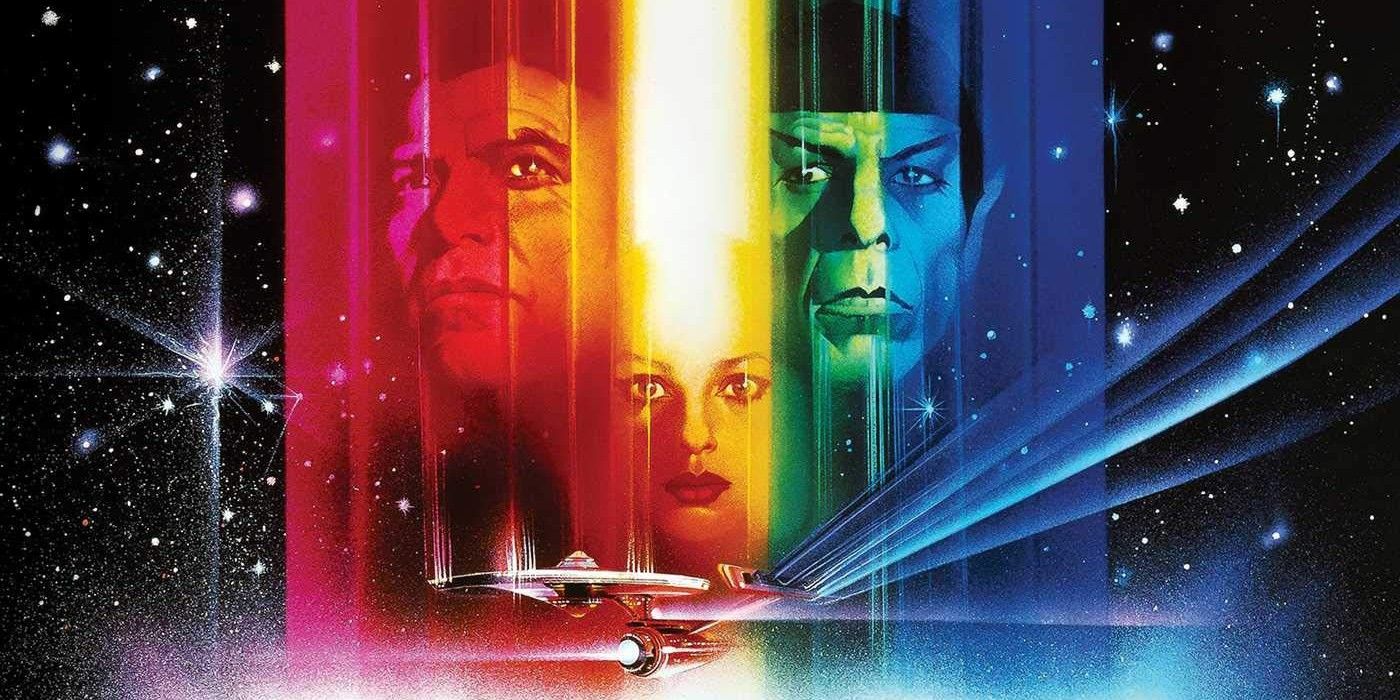
The score for the film went on to earn nominations for both the Academy Awards and the Golden Globes. It was written by Jerry Goldsmith and boasted a sweeping soundscape that contains a grand spellbinding feel that fits sci-fi perfectly.
Parts of that musical landscape could be seamlessly dropped into any present-day episode or film. The main theme was magnificently reused in the title theme for Star Trek: The Next Generation. Themes are still a key element of every iteration of Star Trek, including the new beautiful retro-feeling theme for Strange New Worlds, one of the best Trek themes.
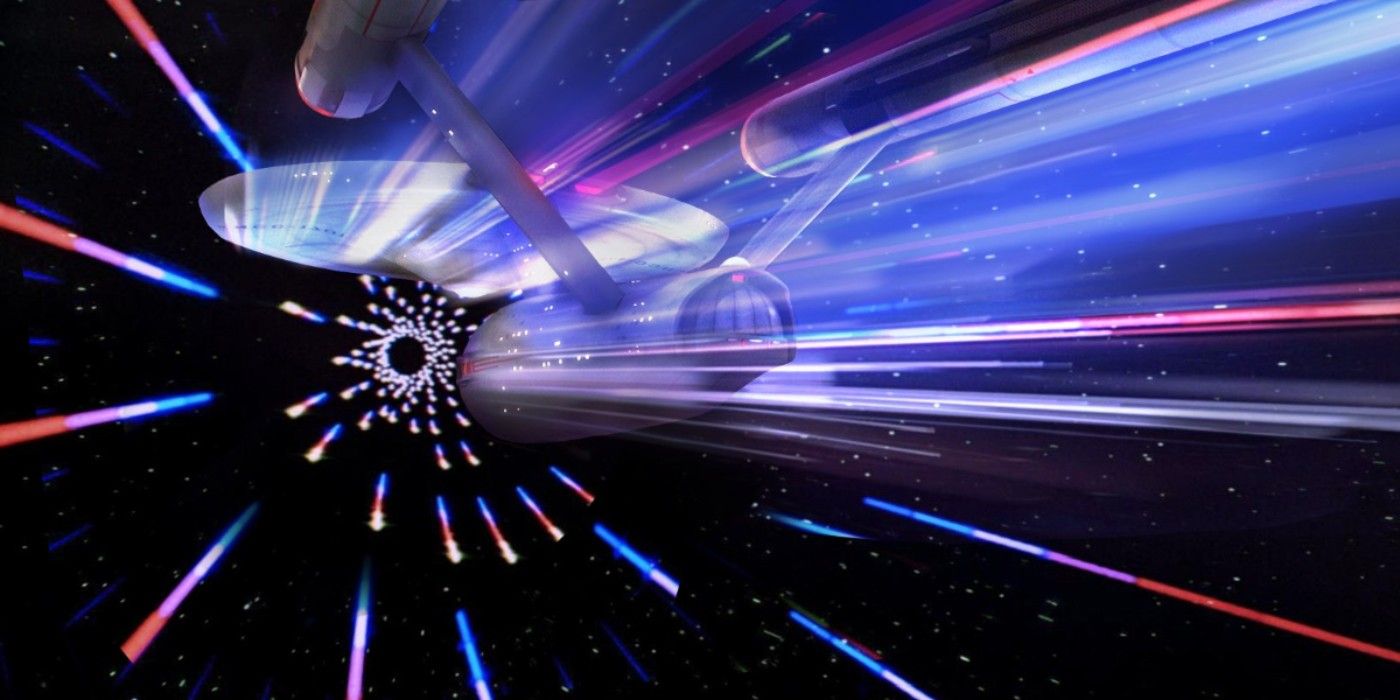
There were some effects that were a bit stodgy and unbelievable, while others were excellently employed. A couple of the effects that didn't age well are the phasing of the ship and crew while traversing the wormhole, and the quirky rainbow touch of the ship engaging warp drive.
On the flip side, special effects that still work include the transporter's shimmer. This is an effect that has been adapted more than once over the course of the franchise, with this film's look fitting in nicely, malfunctions and all. The visuals in V'Ger's interior are still pleasing today too.
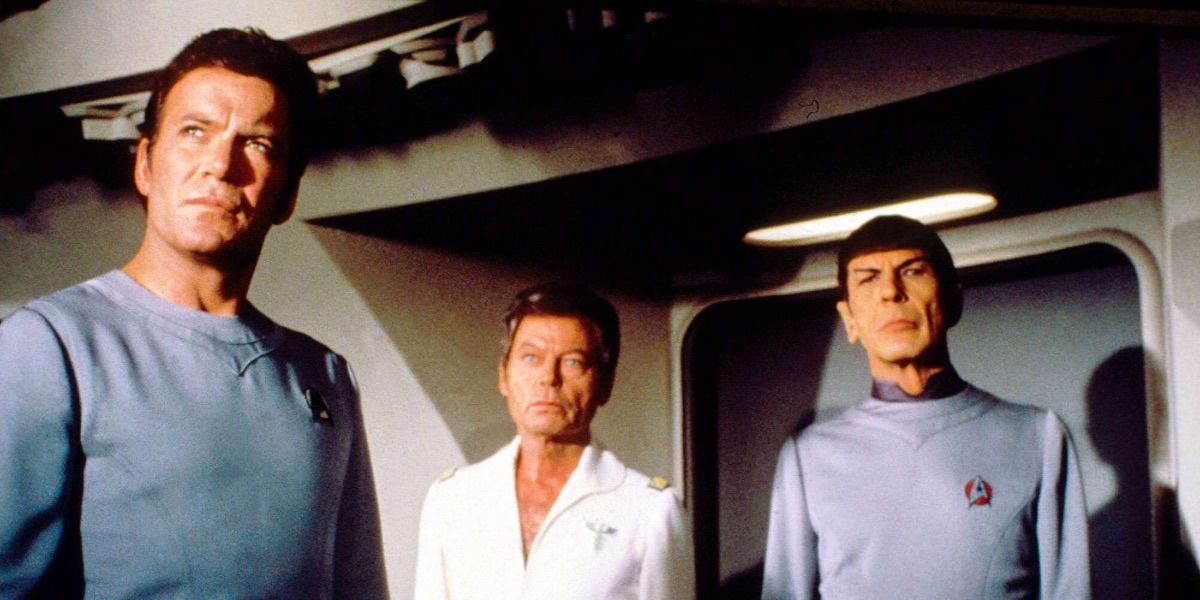
One of the great things that Star Trek has done all along is its balanced approach in presenting the main villain or quandary in any given episode or movie. There are the obvious foes like Harry Mudd and the most powerful Q. Then there's the more mysterious take, wisely chosen for the movie.
V'Ger enters as an unknown destructive energy cloud bringing suspense along for the ride. Kirk and crew have solved other mysteries in the past, and other Star Trek crews have had to get themselves out of enigmatic predicaments too. The Burn and the DMA in Discovery are somewhat reminiscent of V'Ger, showing the continuity of this element within the franchise.
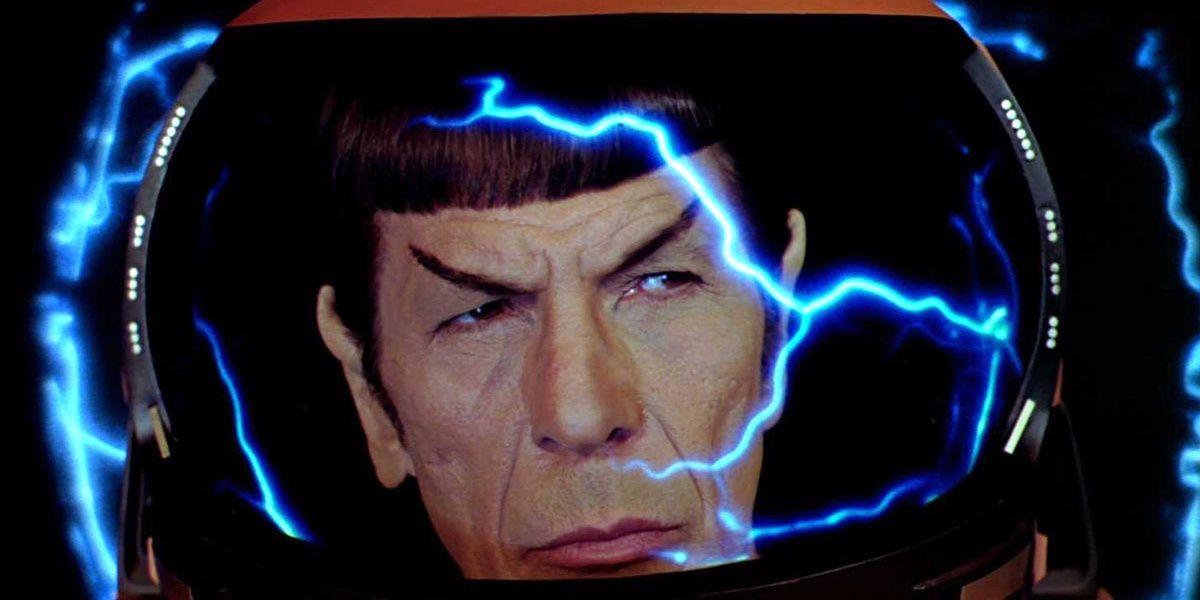
Individual space suits are used in the film, most notably when Spock heads closer to V'Ger to mind-meld with it followed by Kirk going out to retrieve the temporarily unconscious Spock. It's evocative of real-life astronauts executing tasks in Earth's orbit.
The design and use are believable. They also match up with the use of space suits in other installments of Trek, including Michael Burnham in both Starfleet suits and the Red Angel suit and Picard, Worf, and Hawk in the First Contact film.
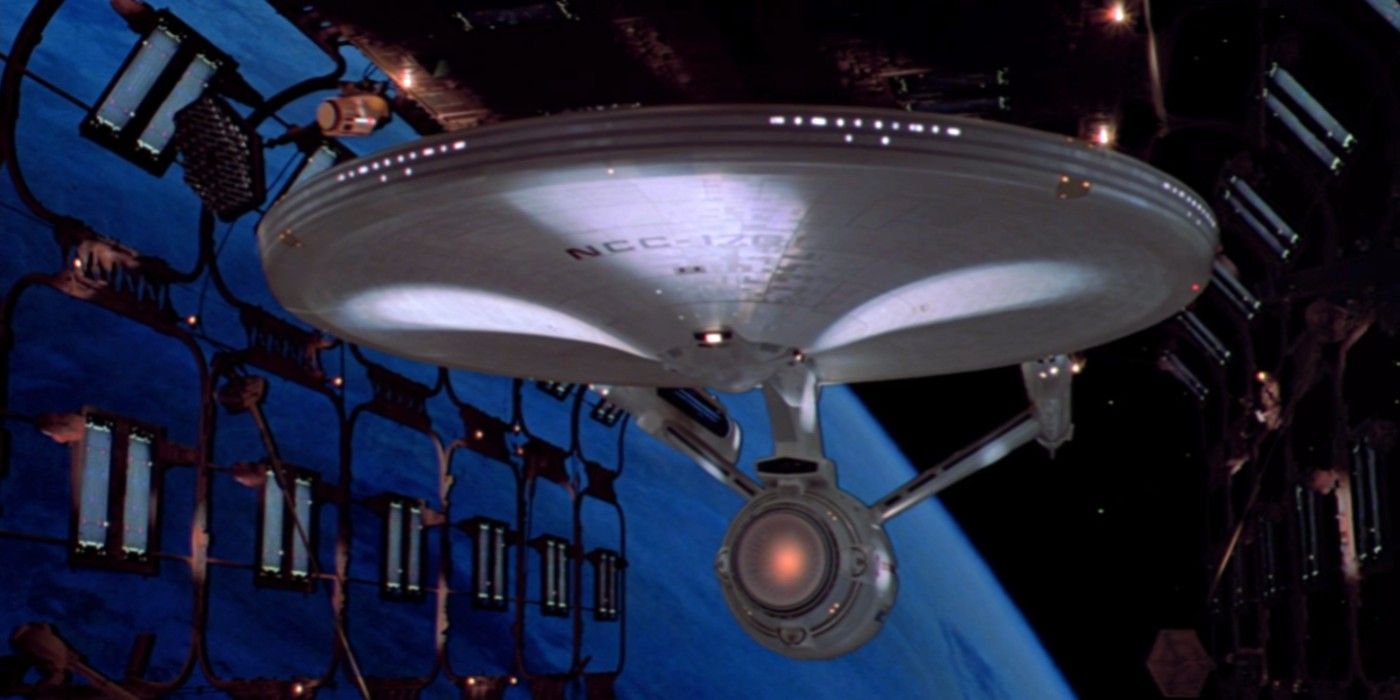
The drydock facilities are another design element that is especially well done conceptually. There are a few design elements that don't work well, like the new uniform style that doesn't sync up with the rest of Trek's aesthetic and makes the 1970s look tasteless.
On the other hand, drydock is well designed and has that timeless futuristic look that easily matches the drydock facilities seen elsewhere in Star Trek. The correlating space station even matches up. Granted, drydock looks better these days due to improved technology in the industry over time, but The Motion Picture still holds up.
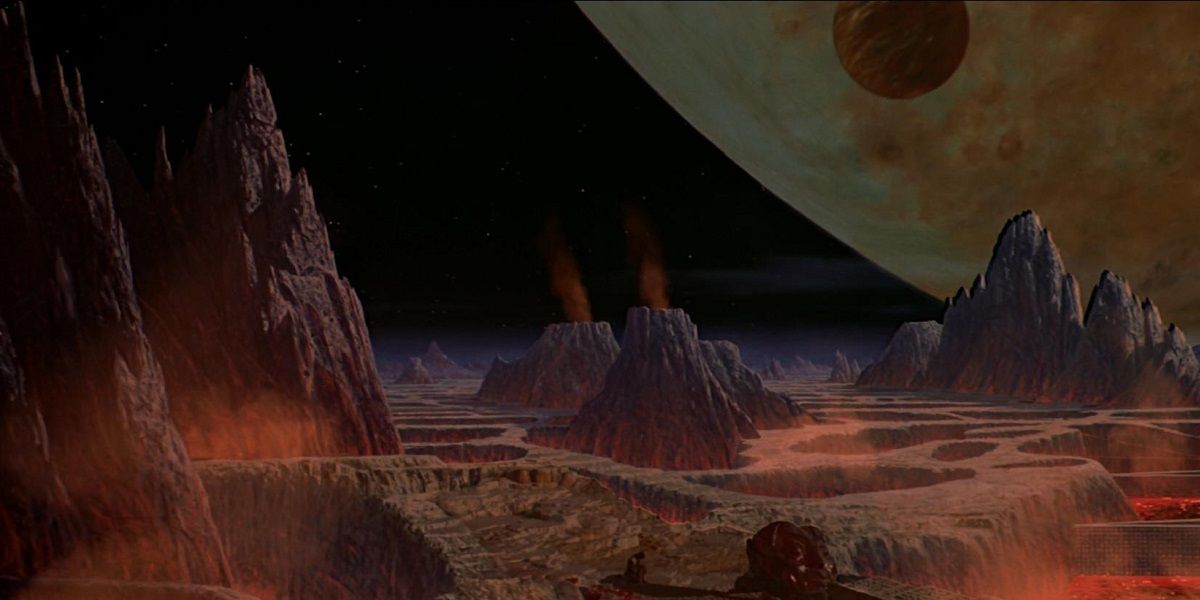
The first non-Earth-based species explored in Star Trek are the Vulcans, since that's where Spock hails from. From his logic-based mentality to the visits to his home world, Spock taught fans about Vulcan culture, and the movie continued that exploration.
It matters because it sets up a continuity pattern for the movies that follow as well as the subsequent installments. The Kolinahr ritual on Spock's reddish-hued home world is neatly sandwiched between other Vulcan rituals such as Kal-if-fee, as seen in both TOS and Strange New Worlds.
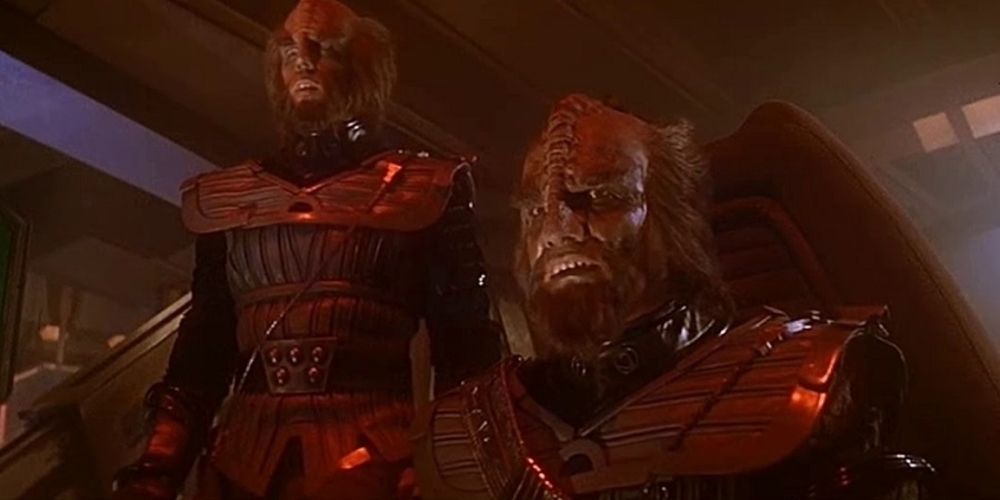
Another species that fans met during the course of The Original Series was the Klingons. They're enemies of the Federation and portrayed as being especially antagonistic. Their original physical appearance was lacking though, making the new look in the movie a most welcomed change.
They're only seen briefly in the beginning, but that was enough to break continuity in favor of a new one that's not been deviated from since. There've been some stylistic differences, especially in Discovery, but these honor-seeking warriors have been better served with the revamped look given them here.
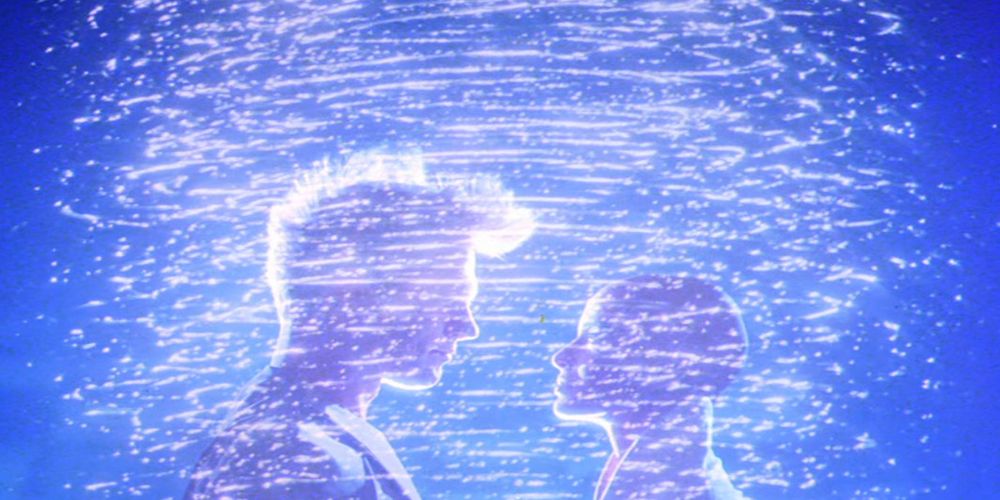
The movie's climax comes with Decker assuming the guise of the Creator and merging with V'Ger via the Ilia avatar. Thus a new life form is created as McCoy, Spock, and Kirk look on in awe, and it's warmly reflected in McCoy's quip about it being a long while since delivering a baby.
Seeking out new life is the mission on Star Trek and has been delved into in other installments of the franchise. Data, one of TNG's best characters, advocates for his own rights and then later advocates for the Exocomps as new lifeforms. Likewise, the AI entity Zora has recently been recognized as a new lifeform and member of Discovery's crew.
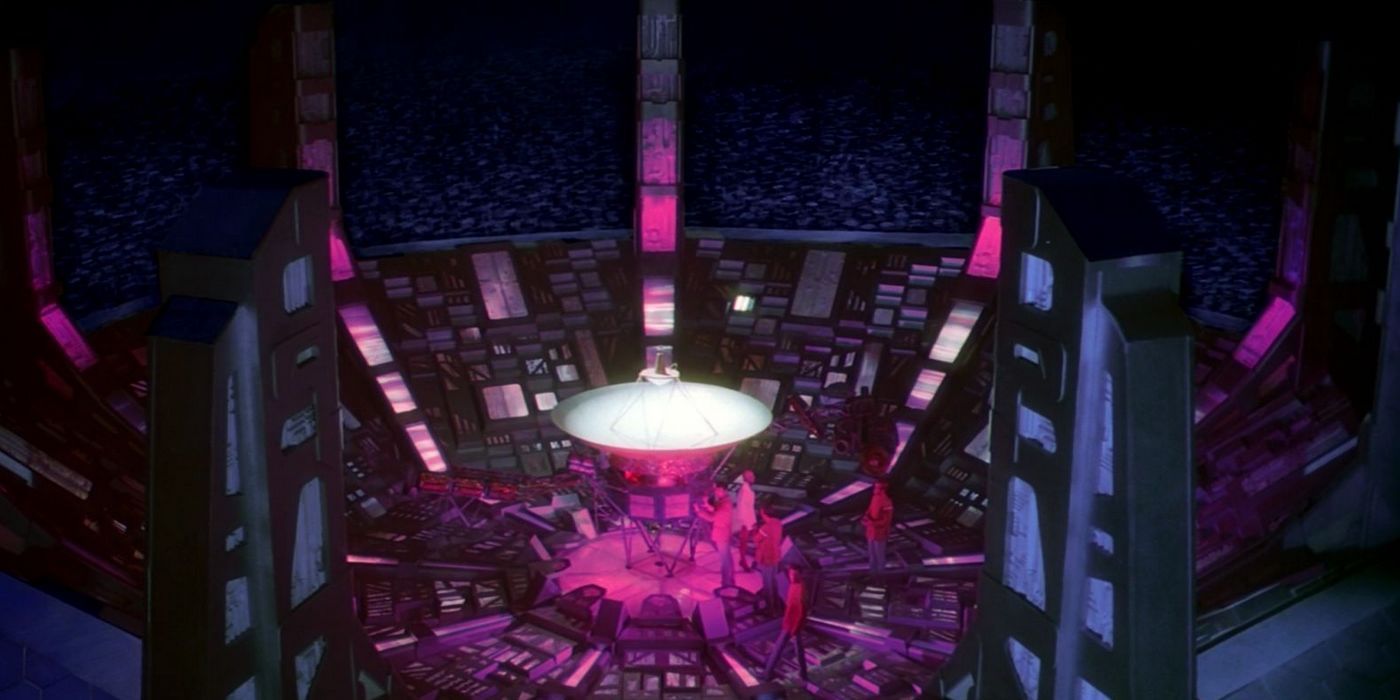
V'Ger is revealed in the movie's events to be an old NASA Voyager probe that has evolved and become sentient. The tarnished nameplate caused it to forget its original name, but V'Ger provided the crew with a fascinating puzzle to solve. They did have some previous experience with this.
Nomad was another similar probe that they encountered in the series. Section 31 and the crew of Discovery have encountered evolved technology with a penchant for death and destruction too, having successfully overcome the Control crisis. These themes and related ones have been examined elsewhere in Trek too.
Star Trek: The Motion Picture proved that the series could translate on the big screen successfully, and it still retains its relevance in Trek today.Jennifer Swartzendruber
